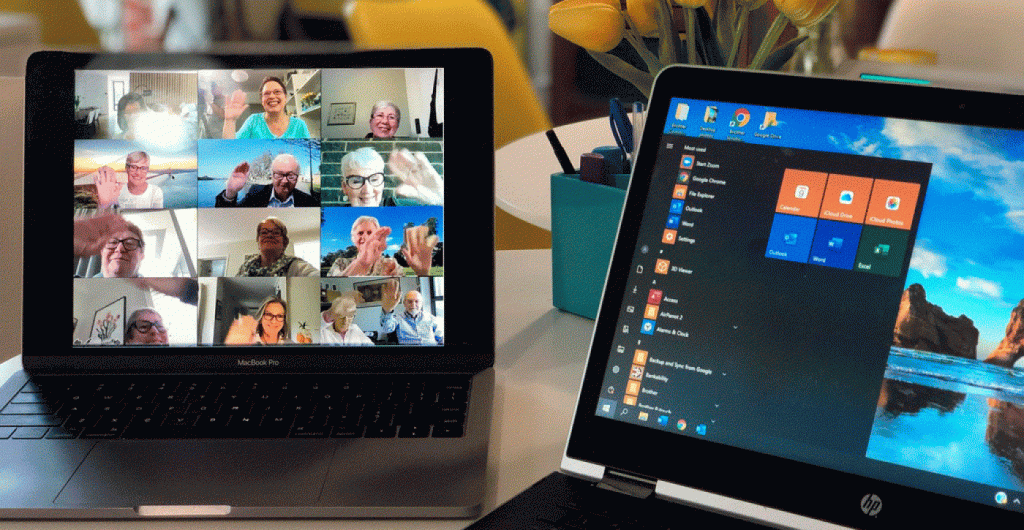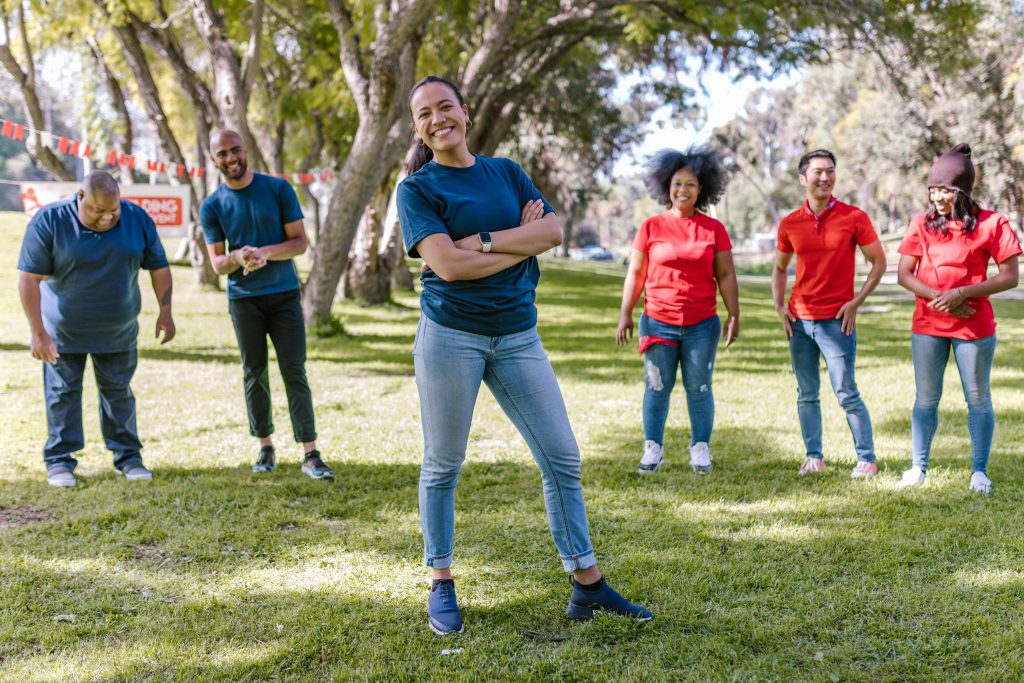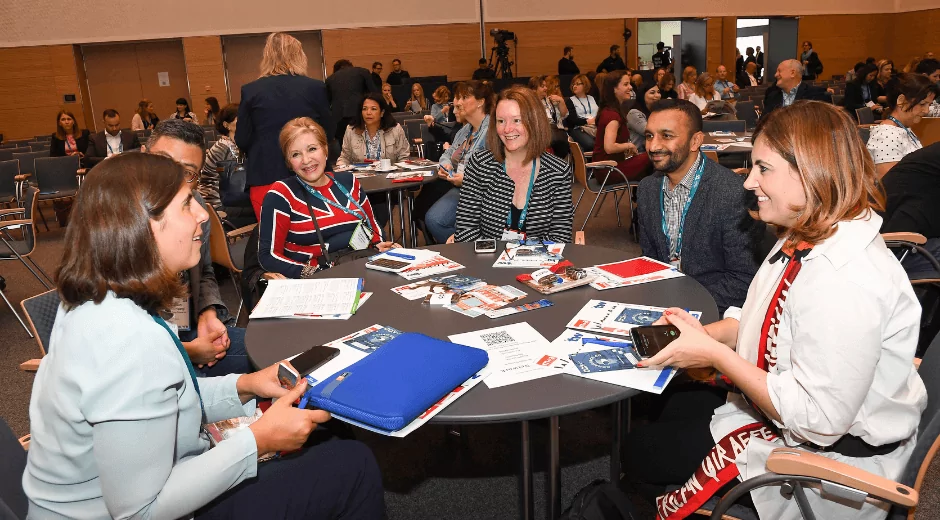4 keys to successful virtual events (as Vok Dams brief)

Share news
Listen
Attendee interaction adds value to the event
This is where the concept of co-creation comes into play. The attendee does not have to participate just for the sake of it or simply to make sure they are awake on the other side of the screen. We should be able to offer them an experience that drives them to contribute and see by themselves that their contribution improves the event experience.
Some tools to boost engagement in virtual environments: ease communication between attendees, but also between attendees and organizer / speakers; let guests participate and contribute into event content; propose tasks or challenges in which they can participate both individually and in groups; let them interact with each other through an avatar to have autonomous movement through the digital environment. In short, let the networking and virtual conversations flow.
It also helps to integrate physical experiences, something sensory inside the virtual content (for example, sending a gift, merchandising, product samples or a pre-event kit to share the unboxing during the event or simply following remotely a recipe or building something physical).
The attendee is in control
Participation and co-creation imply that digital formats must offer a personalized experience where the attendee consumes the content that best meets his needs and makes his own event experience by choosing what to do and what to see any time. For this, the key is to offer a varied content, touching different topics and leading varied conversations in different chat rooms; ask beforehand what topics he would like to be covered to integrate them into the event program; let him to choose freely with whom to chat or receive a one-to-one presentation; choosing whether to view the content live or later on demand or even to choose different camera or viewing options (only seeing the speaker, presentation mode and view only the slides, different perspectives of the room, etc.).
Watch the pace to catch participant attention
If our attention capacity is already limited in face-to-face events, when we take the participant in front of a screen, the attention level dramatically drops. With this in mind and adapting it to the event requirements, the golden rule for online formats would be: shorter content but highly focused. Below some time and format recommendations:
- Do not exceed four hours of event duration
- 3 speaker sessions at the most and lasting 30’ each
- When scheduling the event avoid the first and last hours of the day, as well as the beginning and end of the week.
- 10 minutes break in between sessions
- Conscious use of clear topic changes
- Promotion of active involvement of the participants
- Enable stage scene changes or different viewing perspectives
- Better to have several small events than one lasting several days
Content is still the king (and a camera friendly one)
Virtual events have to be not only focused on the content and messages of interest to the attendee, but also to pay attention to how this content is delivered. There is a lot to learn and put into practice from the pace and language of television, its set designs, production and its ability to engage and entertain while communicating in a professional way. It is highly recommended a moderator to assure sessions flow smoothly. The speakers and their presentations cannot be the same as in physical events (duration, design, more weight of dynamic graphic and visual elements, etc.). In addition to knowing how to behave on a stage without an audience nor their reactions, playing with different camera shots or simply take care of the lighting, the audio and image quality when they are giving their remote session.











